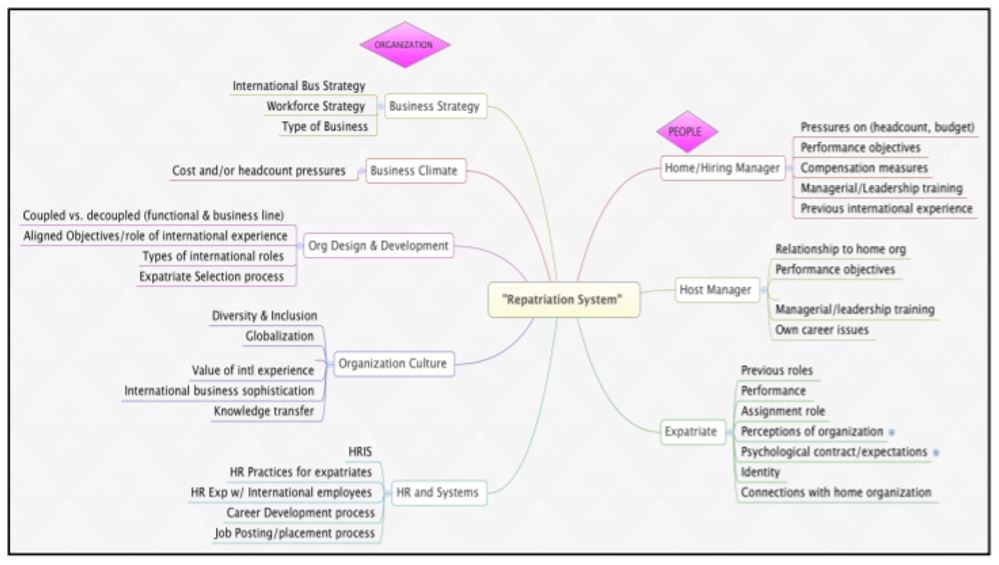Introduction
Many people from different spheres of our life change their living place, especially in the 21st century, when transportation and technologies made the process much simpler than before. However, every person may be influenced by returning home because of many psychological issues. On the other hand, there are many ways to overcome the difficulties in such a process. We will show you how the situation by using a case study with the international company “Maple” as a bright example of repatriation preparation and execution. The company should properly prepare its workers for repatriation because some of the “personal” factors may break down the KPI of an individual before the repatriation process.
Repatriation Issues
To begin with, some basic personal obstacles determine the difficulties of an individual’s repatriation. First, it is a risk of failure that opens new career prosperities. Generally, in companies, people must be sent to the cities from the smaller ones due to the worker’s excess productivity in a certain place. When employees return, they may “close the gates” for career development and lose their current job because some other person may occupy their position (Penke, 2016). One possible approach to this obstacle leads to our main point — the HR department should be deeply involved in the repatriation process. For instance, Maple’s HR department works on repatriating employees from their headquarters in Canada to the workers’ home in New Zealand by providing maximum support throughout the whole process of returning home and, moreover, organizing their further well-being from career and social perspectives. (Now, let us turn to the description of the overall process of employee repatriation to round up the main factors).
Repatriation Process: Description
First and foremost, the effective repatriation process begins with proper preparation for going to work in another country. As we can see from the table (you may use appendix A), HR managers must interact with employees during the whole process, which begins by making all the aspects clear to both sides. After that, HR managers introduce a career perspective model, which illustrates the entire situation during an employee’s stay in another country. When the model is described, it will be much easier to tackle other issues because a person knows all the aspects of their situation. Furthermore, the HR department collaborated with specialists, introducing to a worker all the formalities of going to another country.
During the stay, the most important aspect of a worker’s effectiveness involves permanent communication from HR’s side. Moreover, while turning to the most important stage, it is important to note that personal interaction with employees plays a pivotal role in the whole process. Eventually, when the worker is coming to his or her country, HR should describe the detailed “going back” process and provide them with the link to a financial support side to lower the stress conditions.
Conclusion
In summary, one of the most important stages for proper repatriation is a “preparing process” due to the risk of lowering the individual’s effectiveness. Firstly, there are many risks of being “hurt” with repatriation due to the lack of career perspectives at home. However, to overcome such obstacles, it is crucial to involve the main department, which plays a pivotal role in worker’s repatriation – HR. They work as an “interactor” between workers and the company, and as can be seen from the Maple case study, they should permanently communicate with employees during the whole stage of repatriation. In addition, the repatriation process should be provided and analyzed even before the worker’s transportation to another country. Task clarification, some help from a specialist filling the required documents during the formal processes, and Constant interaction and support from the HR make the employee’s effectiveness increase throughout every stage of repatriation.
References
Penke, L.D. (2016). The shock of coming home: repatriation, re-entry, and re-adjustment to New Zealand after sojourning.
Reisig, N.H. (2017). A Model for Understanding the Complexity of Repatriation into Organizations: A Systems Approach. Student Articles, Chapters, Presentations, Learning Objects, 2, 1-60.
Appendix A
